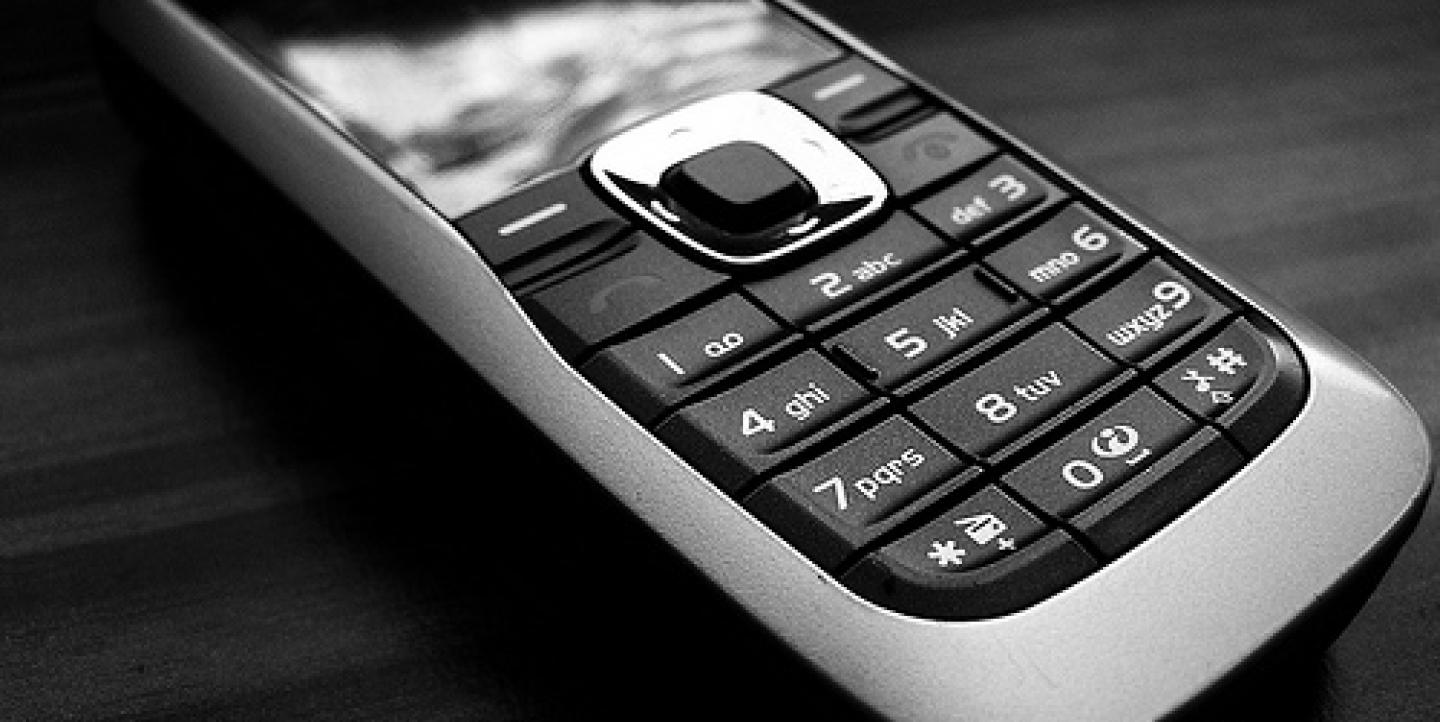The Mobile Security Survival Guide for Journalists from SaferMobile helps reporters better understand the risks inherent in the use of mobile technology. The guide covers both local journalists and those on assignment in another country.
The Guide is written with the workflow of a journalist in mind.
Here's a sampling of what the guide offers:
Mobile network awareness. What does your mobile use say about you?
Activity on your phone creates a data trail that is logged on the mobile network, from placing or receiving a call, to sending a message, browsing the web, or just being connected and ready to receive communication. Identifying information logged on the network about you and the people you contact include your IMEI number (the unique handset identifier), the IMSI (the unique SIM card identifier), the time and duration of voice calls, SMS, and the photos or video you take while reporting.
Tip: Have an alternative in case you're unable to access one or more services. Carry SIM cards for other mobile network operators, and if possible, carry more than one phone. In some cases, only an out-of-country operator may have roaming service. Have a backup plan agreed upon in advance with sources and colleagues if you suspect that your specific line or the entire mobile service may be disrupted.
Preparing for assignment. Assess your digital risks and prepare your phone.
You have been given your assignment. You may be traveling to cover a story, or you may reside in a given country. Either way, when it comes to your mobile communications, you should take some precautions and plan ahead. Here are sample tips on practicing on your phone.
Tip: Know your phone. It may sound obvious, but be sure to know how to work your phone. For example, become familiar with how your camera works and how to control its options. The flash of your camera or the sound when you click Capture may draw unwanted attention to you. Take the time to pre-set functions to avoid getting noticed by others...
Reporting/In the field. Have a plan of action ready when you're talking to sources and conducting interviews; checking in with your newsroom; or using your phone in emergency situations.
Tip: Use codes for SMS if needed. If necessary, use prearranged codes to communicate sensitive information to your contacts. Change your codes regularly, and make sure your system incorporates a way to let others know when you think the code may have been broken. To practice, try the code-making exercise in the SaferMobile training guide...
Filing the story. How do you safely send updates, news bursts, or multimedia content from the field?
Tip: Disable MMS if not needed. Unless you really need MMS functionality on your phone, check the settings to see if it can be disabled. MMS, like SMS, can be intercepted and viewed by the network operator. Delivery rates for MMS tend to be lower as well, making this a more unreliable form of communications as well as a more insecure one. MMS can be an attack vector in another way: There have been cases where it has been used to sneak mobile viruses and malicious mobile software into unsuspecting phones.
Check out the complete Mobile Security Survival Guide here.
This article first appeared on the site of IJNet’s partner, PBS MediaShift's Idea Lab, a group weblog by innovators who are reinventing community news for the Digital Age. Each author won a grant in the Knight News Challenge to help fund a startup idea or to blog on a topic related to reshaping community news. The complete article is translated in full into IJNet’s six other languages with permission from PBS MediaShift's Idea Lab.
Image CC-licensed on Flickr via Dominik Syka.

